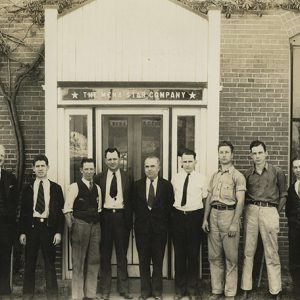 Mena Star Employees
Mena Star Employees
Time Period: Early Twentieth Century (1901 - 1940)
 Mena Star Employees
Mena Star Employees
 Mena Lynching
Mena Lynching
Mena National Guard Armory
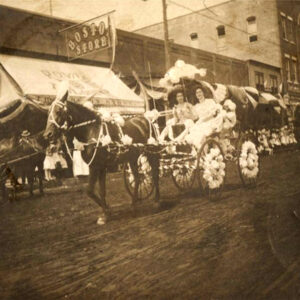 Mena Parade
Mena Parade
 Mena Street Scene
Mena Street Scene
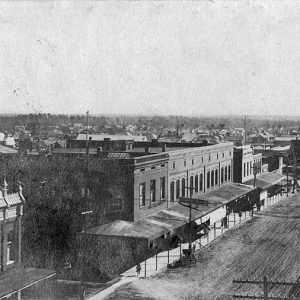 Mena Street Scene
Mena Street Scene
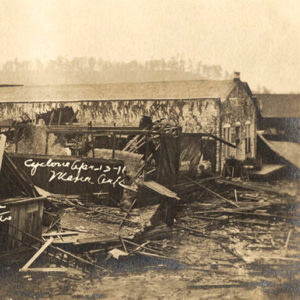 Mena Tornado
Mena Tornado
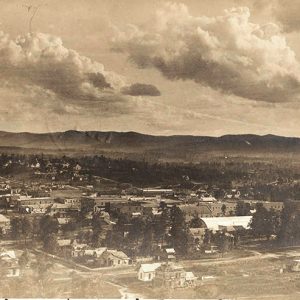 Mena View
Mena View
 Menifee Gymnasium
Menifee Gymnasium
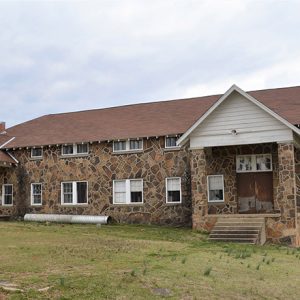 Menifee High School Gymnasium
Menifee High School Gymnasium
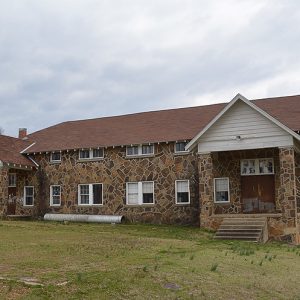 Menifee High School Gymnasium
Menifee High School Gymnasium
Menifee High School Gymnasium
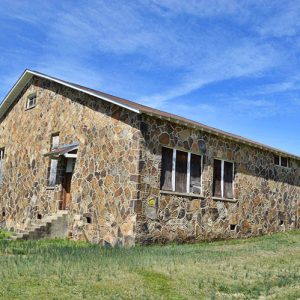 Menifee High School Gymnasium (Three-quarter view)
Menifee High School Gymnasium (Three-quarter view)
Mercury Mining
aka: Cinnabar Mining
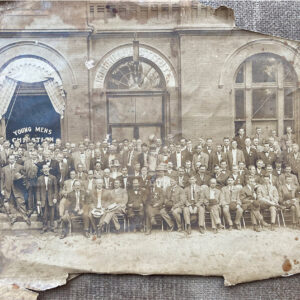 Merrill Institute
Merrill Institute
Merrill, Joseph
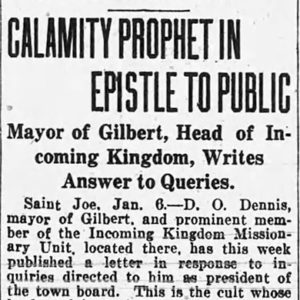 Message from Cult Leader
Message from Cult Leader
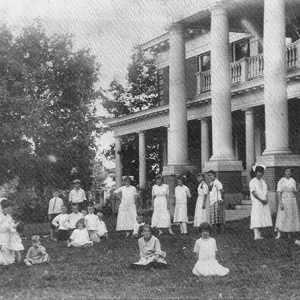 Methodist Children's Home
Methodist Children's Home
 Methodist Orphanage
Methodist Orphanage
 Methodist Orphanage
Methodist Orphanage
 Rev. J. W. Michaels
Rev. J. W. Michaels
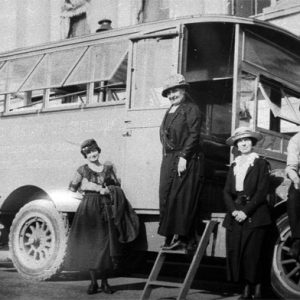 Midwives' Van
Midwives' Van
 Elmer Mikel
Elmer Mikel
 Elmer Mikel
Elmer Mikel
Mikel, Elmer Wayne
 Alexander Millar
Alexander Millar
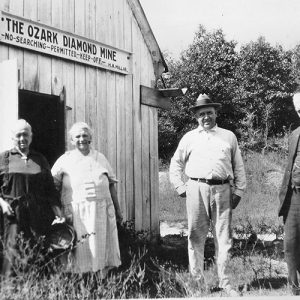 Millars at the Ozark Diamond Mine
Millars at the Ozark Diamond Mine
Miller County Courthouse
 Miller County Farming Machinery
Miller County Farming Machinery
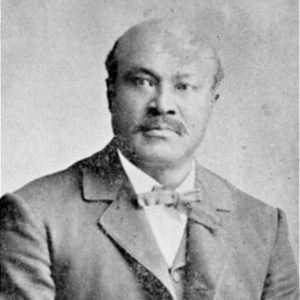 Abraham Miller
Abraham Miller
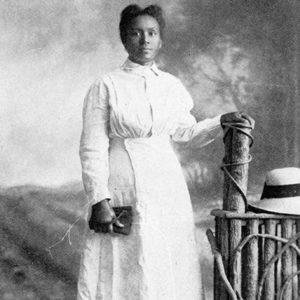 Eliza Ann Ross Miller
Eliza Ann Ross Miller
Miller, Eliza Ann Ross
Miller, Harry Lewis
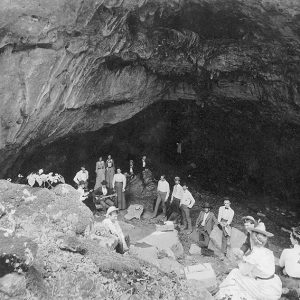 Harry Miller Photo
Harry Miller Photo
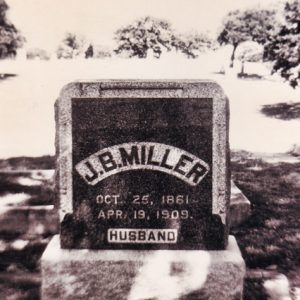 Jim Miller Grave
Jim Miller Grave
 Jim Miller Lynching
Jim Miller Lynching
 John Miller
John Miller
 John Miller
John Miller
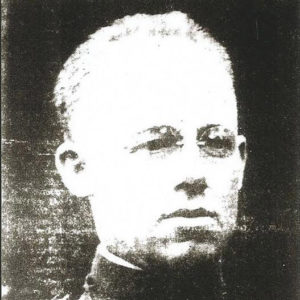 Oscar F. Miller
Oscar F. Miller
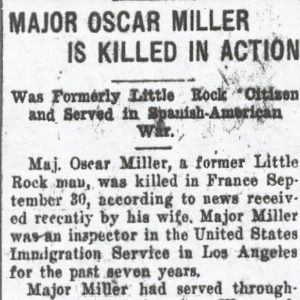 Oscar Miller Death Notice
Oscar Miller Death Notice
Miller, Oscar Franklin
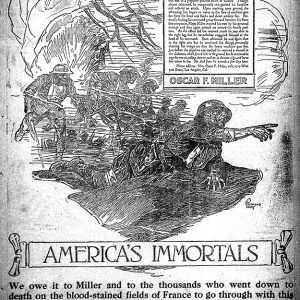 Oscar Miller Tribute
Oscar Miller Tribute
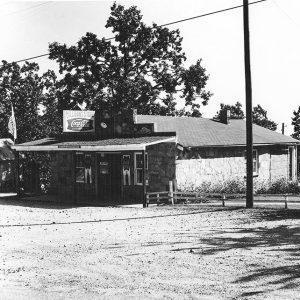 Milligan's Store
Milligan's Store
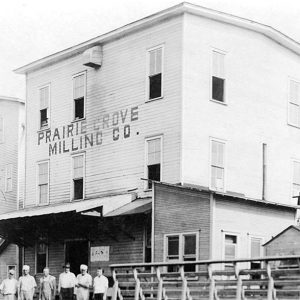 Milling Company
Milling Company
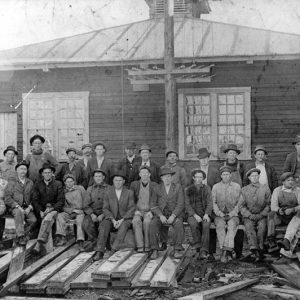 Millville Sawmill
Millville Sawmill
Mineral Springs Waterworks
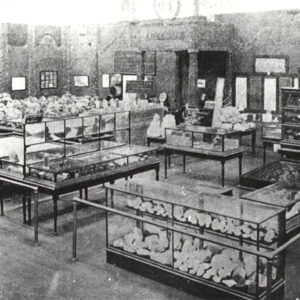 Mines and Metallurgy Exhibit
Mines and Metallurgy Exhibit
Minnesota Monument
 Minstrel Show Poster
Minstrel Show Poster




